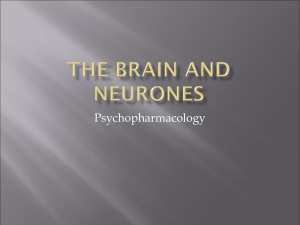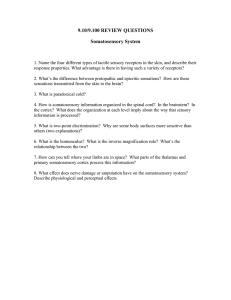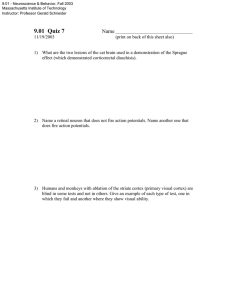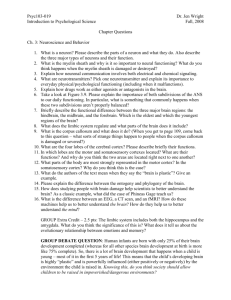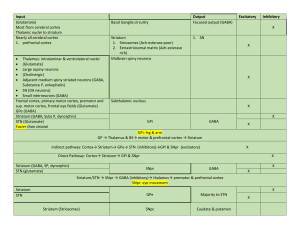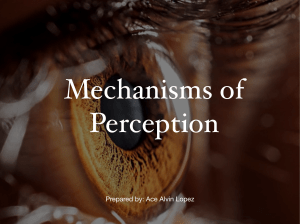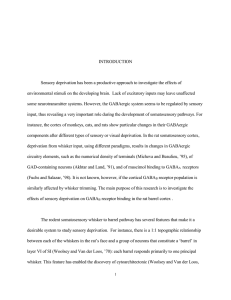Psychology 24 Exam #2 Study Guide Hassett
advertisement
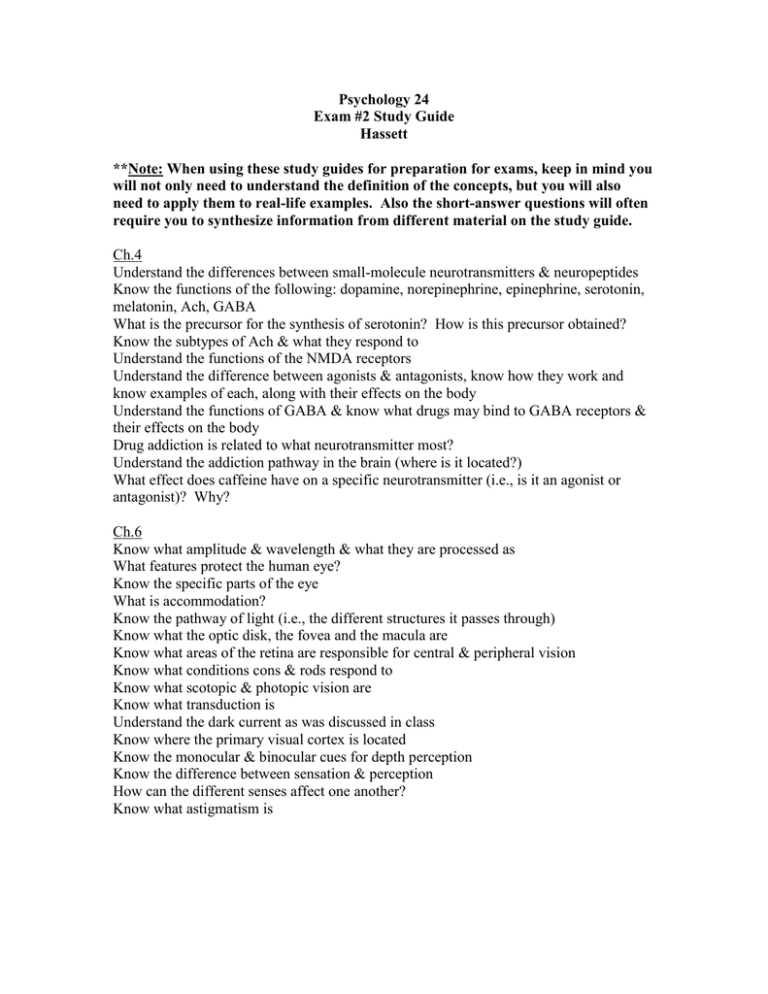
Psychology 24 Exam #2 Study Guide Hassett **Note: When using these study guides for preparation for exams, keep in mind you will not only need to understand the definition of the concepts, but you will also need to apply them to real-life examples. Also the short-answer questions will often require you to synthesize information from different material on the study guide. Ch.4 Understand the differences between small-molecule neurotransmitters & neuropeptides Know the functions of the following: dopamine, norepinephrine, epinephrine, serotonin, melatonin, Ach, GABA What is the precursor for the synthesis of serotonin? How is this precursor obtained? Know the subtypes of Ach & what they respond to Understand the functions of the NMDA receptors Understand the difference between agonists & antagonists, know how they work and know examples of each, along with their effects on the body Understand the functions of GABA & know what drugs may bind to GABA receptors & their effects on the body Drug addiction is related to what neurotransmitter most? Understand the addiction pathway in the brain (where is it located?) What effect does caffeine have on a specific neurotransmitter (i.e., is it an agonist or antagonist)? Why? Ch.6 Know what amplitude & wavelength & what they are processed as What features protect the human eye? Know the specific parts of the eye What is accommodation? Know the pathway of light (i.e., the different structures it passes through) Know what the optic disk, the fovea and the macula are Know what areas of the retina are responsible for central & peripheral vision Know what conditions cons & rods respond to Know what scotopic & photopic vision are Know what transduction is Understand the dark current as was discussed in class Know where the primary visual cortex is located Know the monocular & binocular cues for depth perception Know the difference between sensation & perception How can the different senses affect one another? Know what astigmatism is Ch.7 Know what amplitude, frequency & timbre are encoded as Know the structures & functions of the outer, middle and inner ear as was covered in class and how they transmit sound What causes hearing loss? Know where the primary auditory cortex is located What can happen if there are problems with the vestibular system? Where is the primary somatosensory cortex located? Understand the ability of the somatosensory cortex to reorganize in response to changes in afferent sensory stimulation Know the functions of the Periaqueductal gray Understand the gate theory of pain How do olfactory cells differ from other cells? Where is the gustatory cortex located?
